78 videos match your search.
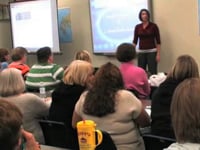 |
Shannon Smith, Nancy Brachbill Shannon Smith and her mother Nancy Brachbill, the teachers behind Recess TEC, share how they are using Wolfram|Alpha in their 4th and 5th grade classrooms and offer advice to ... |
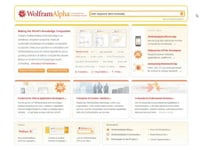 |
John Erickson John Erickson, an assistant professor of mathematics and computer sciences at Chicago State University, shares an example of how Wolfram|Alpha allows him to show real-world applications of the math ... |
 |
Debra Woods For the University of Illinois's online math program, NetMath, Mathematica's visualization capabilities improve exploration and understanding by students. Mathematics professor Debra Woods explains the advantages in this video. |
 |
Cliff Hastings This Wolfram Mathematica Virtual Conference 2011 course explores functionality relevant to education. Topics include a survey of interactive models and computation and visualization capabilities useful for teaching. |
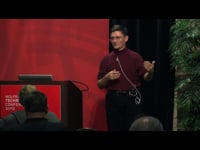 |
Nikolay Brodskiy In this Wolfram Technology Conference talk, Nikolay Brodskiy shares his experiences with using Wolfram technologies for a computer-based approach to teaching calculus. |
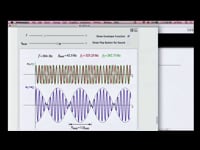 |
Terry Honan In this Wolfram Technology Conference presentation, Terry Honan, assistant division chair of geology and physics at Blinn College, discusses the use of Mathematica and CDF to create dynamic teaching tools ... |
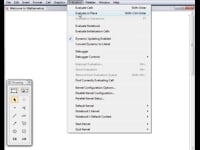 |
Mike Honeychurch This screencast shows users how easy it is to use Mathematica as a whiteboard. |
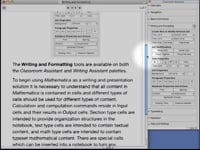 |
Eric Schulz Mathematica's Assistant palettes provide point-and-click access to a range of Mathematica capabilities. This screencast gives an overview of Mathematica's Classroom Assistant Palette and how to use it on an electronic ... |
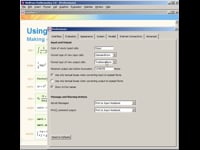 |
Cliff Hastings Mathematica has the world's most sophisticated and convenient mathematical typesetting technology. This includes TraditionalForm, which transforms a large group of expressions into their conventionally used mathematical notation. Learn more about ... |
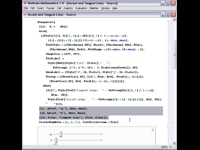 |
Cliff Hastings Mathematica users around the world have created a variety of materials—from examples and Demonstrations to coursewares and projects—many of which you can start using immediately, even with no ... |
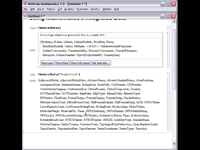 |
Cliff Hastings Mathematica gives seamless immediate access to an ever-growing library of carefully curated and continually updated data. This screencast shows you how to access and utilize Mathematica's integrated data. |
 |
Cliff Hastings This screencast gives an overview of how to use existing resources, including "How tos" and Wolfram Demonstrations, to expand use of Mathematica in education. |
 |
Eric Schulz Eric Schulz, a mathematics instructor at Walla Walla Community College, explains the advantages of using Mathematica's dynamic interactivity and visualization capabilities in the classroom. |
 |
Cliff Hastings This screencast gives an overview of new features in Mathematica 7 that make it easy to use and engaging in a dynamic classroom. |
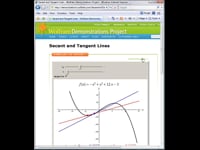 |
Cliff Hastings Mathematica offers an interactive classroom experience that helps students explore and grasp concepts. Topics covered in this screencast include getting started, interactivity, and cross-discipline uses. |
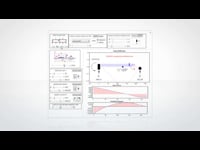 |
Watch an introduction to the Wolfram Demonstrations Project, a free resource that uses dynamic computation to illuminate concepts in science, technology, mathematics, art, finance, and a range of other fields. |
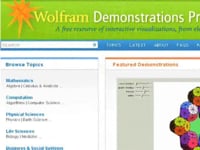 |
See why Mathematica is the world's ultimate application for computations in this short video tour. |
 |
Cliff Hastings This screencast gives an overview of how to combine Wolfram|Alpha and Mathematica into a super tool for teaching, research, and student exploration. |